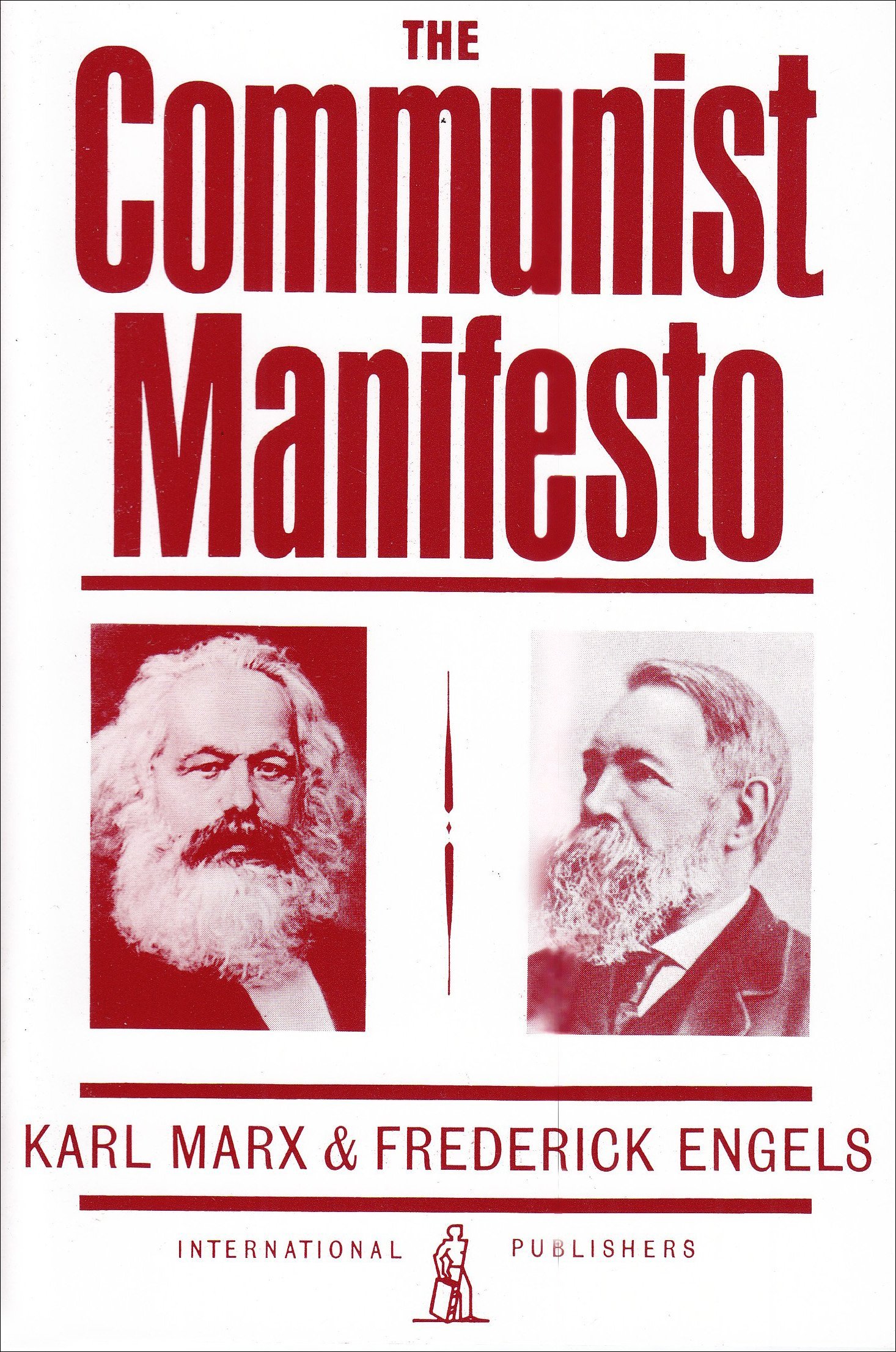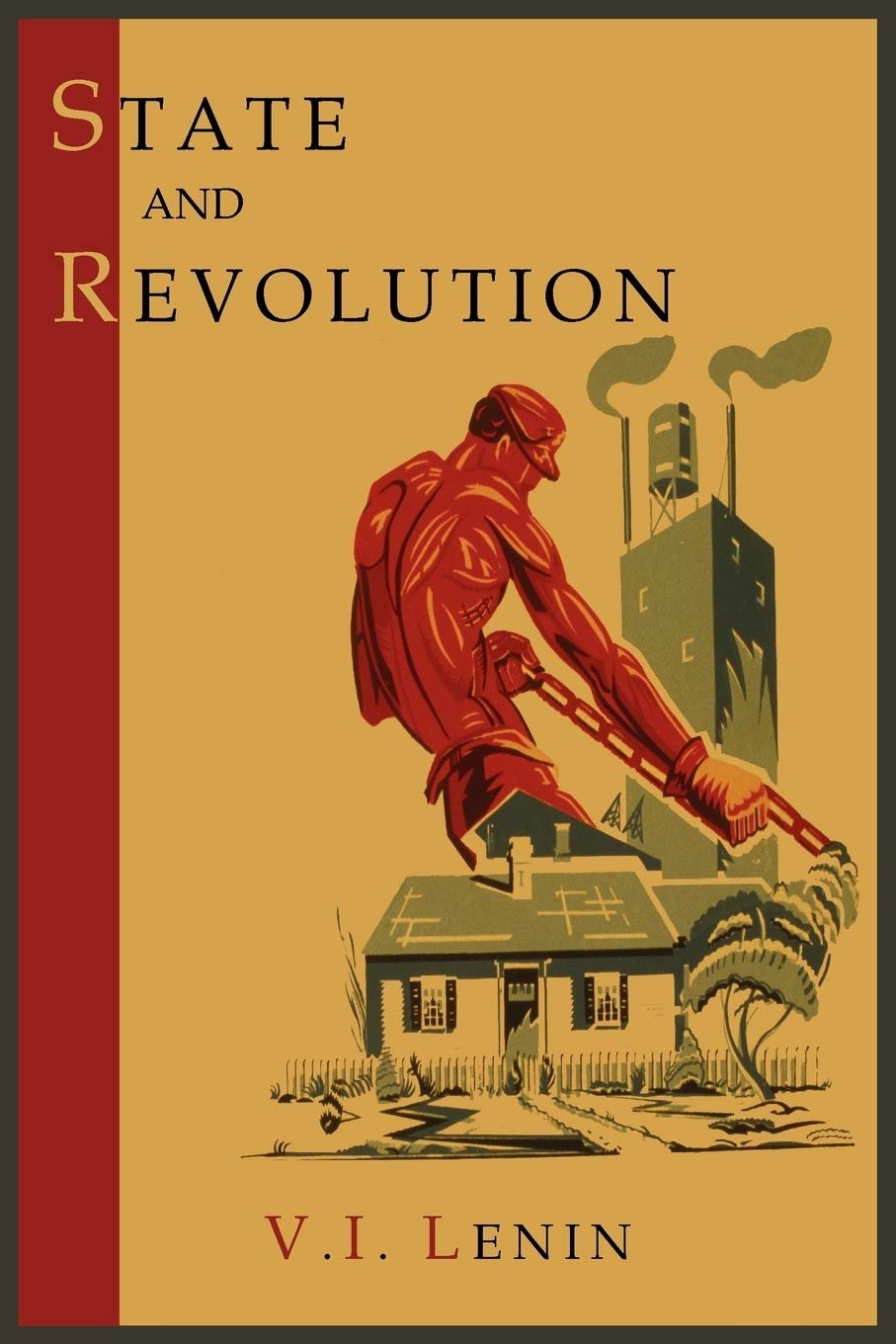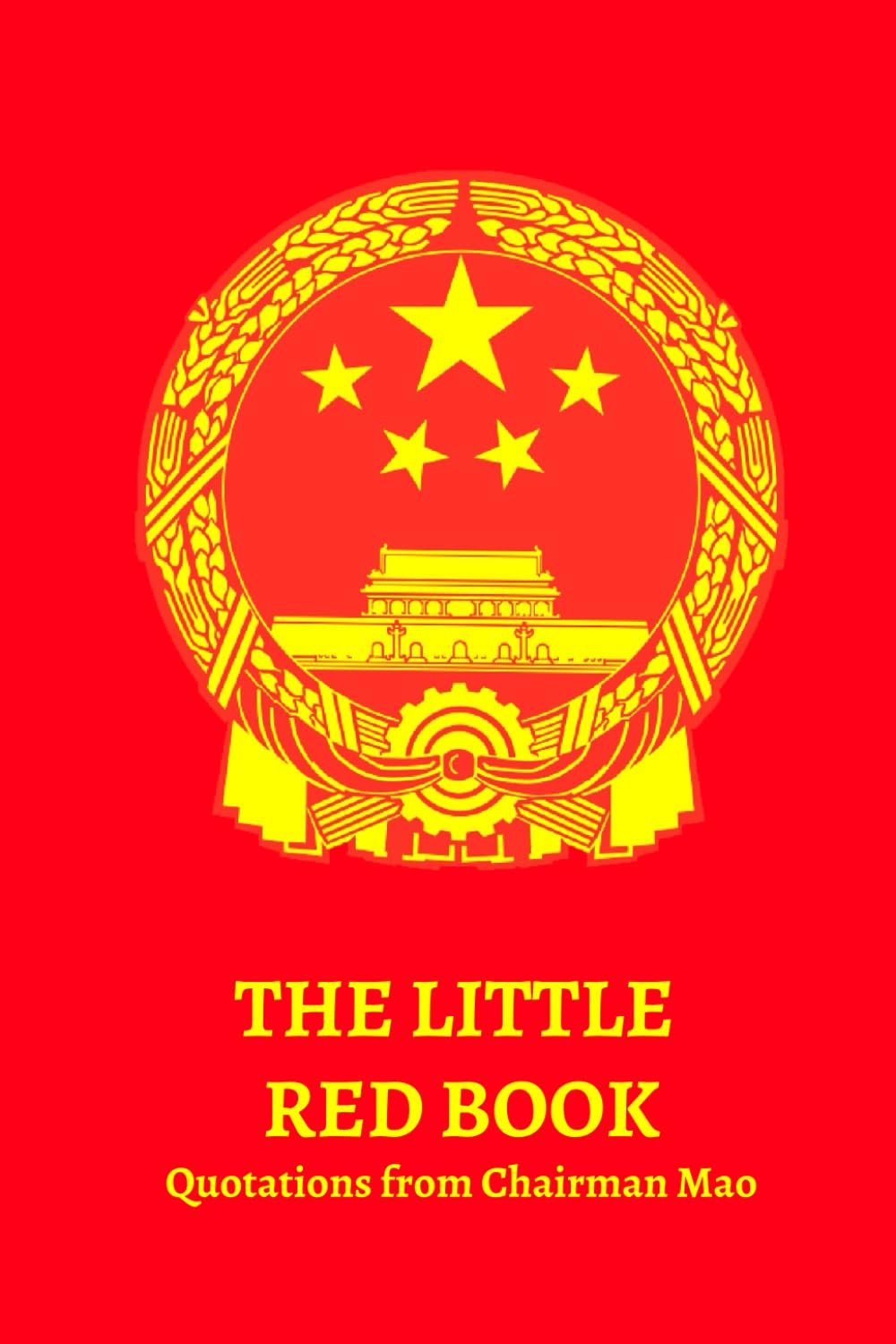 Image 1 of 1
Image 1 of 1


The Communist Manifesto
The Communist Manifesto, published in 1848 by Karl Marx and Friedrich Engels, serves as a foundational text for communist ideology, advocating for the overthrow of capitalist societies and the establishment of classless societies. It outlines the struggles between the bourgeoisie and the proletariat, arguing that history is characterized by class struggles.
Its impact reverberated profoundly during the Bolshevik Revolution in 1917, where the manifesto's ideas fueled the desire for radical change in Russia, ultimately leading to the establishment of a communist government under Lenin. The document inspired uprisings and revolutions in various countries, including China, Cuba, and Eastern Europe, as it provided a theoretical framework for workers’ movements aiming to dismantle capitalist systems and redistribute wealth. The manifesto not only galvanized the proletariat but also prompted fears among ruling classes, resulting in significant political shifts and the emergence of communist regimes throughout the 20th century. Its reach and influence contributed to shaping global politics, economics, and social structures, embedding its theories into the fabric of revolutionary movements worldwide.
Print Length: 48 Pages
The Communist Manifesto, published in 1848 by Karl Marx and Friedrich Engels, serves as a foundational text for communist ideology, advocating for the overthrow of capitalist societies and the establishment of classless societies. It outlines the struggles between the bourgeoisie and the proletariat, arguing that history is characterized by class struggles.
Its impact reverberated profoundly during the Bolshevik Revolution in 1917, where the manifesto's ideas fueled the desire for radical change in Russia, ultimately leading to the establishment of a communist government under Lenin. The document inspired uprisings and revolutions in various countries, including China, Cuba, and Eastern Europe, as it provided a theoretical framework for workers’ movements aiming to dismantle capitalist systems and redistribute wealth. The manifesto not only galvanized the proletariat but also prompted fears among ruling classes, resulting in significant political shifts and the emergence of communist regimes throughout the 20th century. Its reach and influence contributed to shaping global politics, economics, and social structures, embedding its theories into the fabric of revolutionary movements worldwide.
Print Length: 48 Pages











